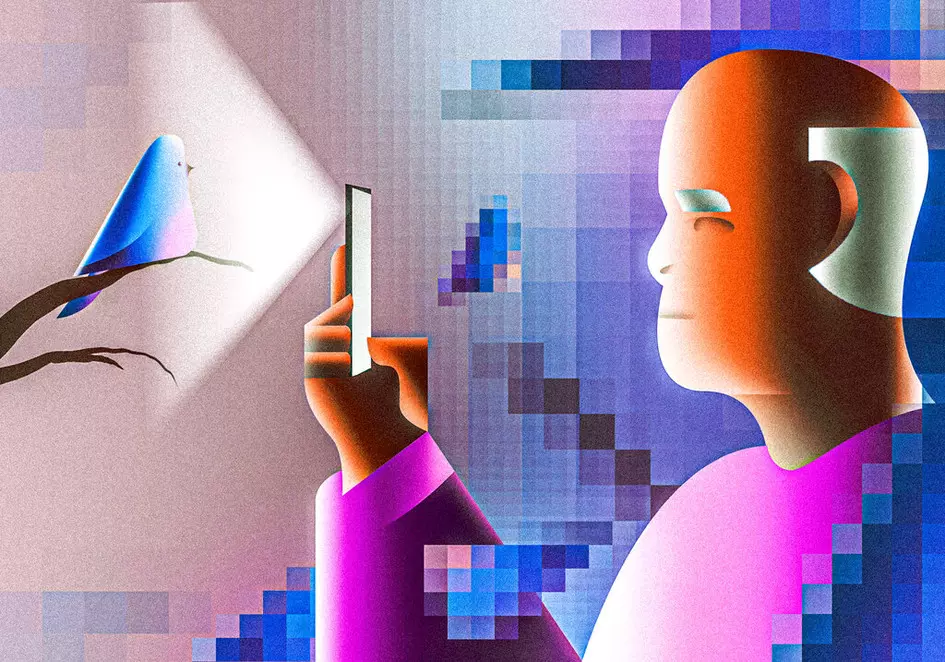Tech Fix: Smartphone photos are getting faker. Uh-oh?
Google, which has long been an industry leader in smartphone photography, will on Thursday start shipping the Pixel 8, a $700 handset with a suite of AI-powered photo-editing tools.

Representative image
NEW YORK: Smartphone cameras became powerful over the last five years. Their leap in quality was largely driven by advancements in computational photography, a technology that uses algorithms, artificial intelligence and sensors to produce sharp, lifelike pictures. Now we all can shoot stunning images that rival the work of professionals. So what’s next? I hate to say it: faker photos.
Google, which has long been an industry leader in smartphone photography, will on Thursday start shipping the Pixel 8, a $700 handset with a suite of AI-powered photo-editing tools. The phone software does much more than adjust the sharpness and brightness of a photo — it uses AI to generate imagery or to remove elements to give you exactly the photo you want. Imagine, for instance, a photo in which a person’s shoulder is cut off. With Google’s software, you can now tap the Magic Editor button and scoot that person over in the frame. From there, the software will use AI to produce the rest of that person’s shoulder.
Or consider a picture you shot of a friend in front of a historical monument, but the background is crowded with other tourists. Using the same editing tool, you can select the photo bombers and hit the Erase button. In seconds, the strangers will vanish — and Google’s software will automatically generate imagery to fill in the background.
Google has integrated these new AI editing tools into Google Photos, its free photo album app for Android devices and iPhones, which has more than one billion users. The company said the Pixel 8 was the first device with the AI editor, which means the same tools could soon arrive for other devices.
Google’s AI photo editor is part of a wave of generative AI, which became popular in the last year after the release of the ChatGPT chatbot, which produces text in response to prompts. Image-based generative AI tools like DALL-E, Midjourney and Adobe Firefly also let people create pictures by simply typing in a prompt, such as “a cat sleeping on a windowsill.”
Yet the Pixel 8 is a turning point. It is the first mainstream phone to bake generative AI directly into the photo creation process at no extra cost, pushing smartphone photography into an era when people will increasingly have to question whether what they see in their images is real — including photos from loved ones. “This is a really big moment that’s going to change a lot of things about imagery,” said Ren Ng, a computer science professor at the University of California, Berkeley, who teaches courses on computational photography. “As we go boldly forth into this future, a photo is no longer a visual fact.” It is early days, and Google expects people to run into imperfections. “This feature is in early stages and won’t always get it right,” the company said in a statement. “We’re looking for feedback to continually improve our models.” Here’s my feedback: I don’t think these AI editing tools should be featured so prominently in the photos app of a flagship smartphone, especially in their imperfect state.
And even when the technology matures, there are broader questions — such as the ethical issues of artificial images — to consider and navigate. Editing photos for clarity and brightness improves an image without altering its substance. But artificially adding elements to a photo crosses a threshold, rendering an image a fake. Using these AI tools to produce and share photos could contribute to the spread of fake media online when misinformation is already rampant and it’s hard to know what to trust.



